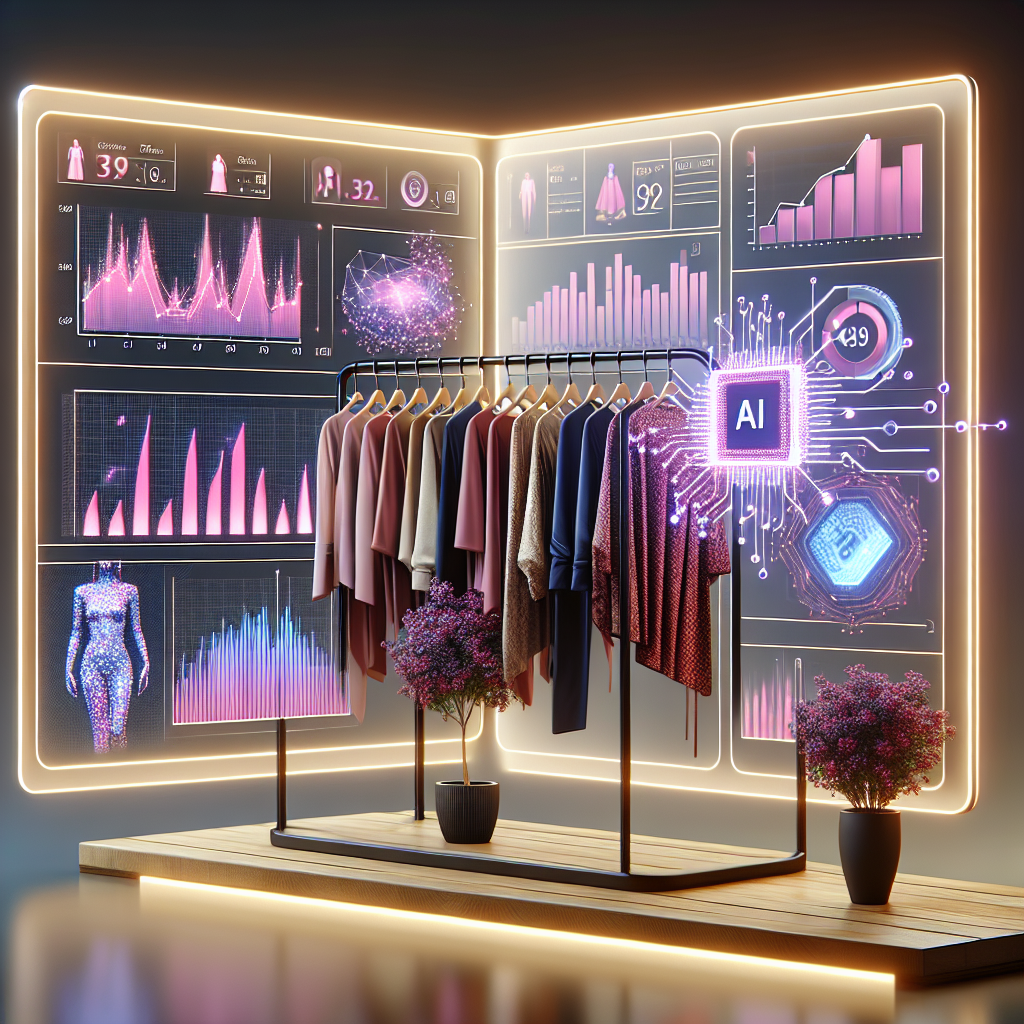AI-Powered Fashion Trends: The Latest in Fashion Forecasting and Trend Analysis
Fashion is an ever-evolving industry that thrives on innovation and creativity. With the rise of artificial intelligence (AI) technology, the fashion industry is experiencing a revolution in how trends are forecasted and analyzed. AI-powered tools are changing the way designers, retailers, and consumers interact with fashion, offering new insights and opportunities for growth. In this article, we will explore the latest developments in AI-powered fashion trends, how they are shaping the industry, and what the future holds for this exciting technology.
AI in Fashion Forecasting
Traditionally, fashion forecasting has relied on a combination of historical data, trend analysis, and expert opinion to predict upcoming trends. However, this process is time-consuming, subjective, and often prone to errors. AI technology is changing the game by offering more accurate and efficient forecasting methods.
AI algorithms can analyze vast amounts of data from social media, online shopping behavior, runway shows, and more to identify patterns and predict future trends. By using machine learning techniques, AI-powered tools can continuously learn and adapt to new information, making them more accurate and reliable over time.
One example of AI in fashion forecasting is trend analysis. By analyzing data from social media platforms like Instagram and Pinterest, AI algorithms can identify emerging trends and predict which styles are likely to become popular in the near future. This information can help designers and retailers make informed decisions about which products to produce and stock, reducing the risk of overstock and ensuring that they are ahead of the curve.
Another application of AI in fashion forecasting is demand forecasting. By analyzing sales data, customer behavior, and other factors, AI algorithms can predict how much of a particular product will sell in a given time frame. This can help retailers optimize their inventory management, reduce waste, and increase profits.
AI in Trend Analysis
In addition to forecasting trends, AI technology is also being used to analyze existing trends and consumer behavior. By analyzing data from e-commerce websites, social media platforms, and other sources, AI algorithms can identify patterns and insights that can help designers and retailers better understand their customers and market their products more effectively.
For example, AI-powered tools can analyze customer reviews and feedback to identify common themes and sentiments about a product. This information can help designers improve their products and marketing strategies to better meet customer needs and preferences.
AI algorithms can also analyze images and videos to identify trends in fashion design, color palettes, and styling. By analyzing millions of images from runway shows, street style blogs, and social media, AI-powered tools can identify patterns and trends that may not be immediately apparent to human observers. This information can help designers create new and innovative designs that resonate with consumers.
The Future of AI in Fashion
As AI technology continues to advance, the possibilities for its application in the fashion industry are endless. From personalized styling recommendations to virtual try-on experiences, AI-powered tools are revolutionizing the way we interact with fashion.
One exciting development in AI-powered fashion is the use of virtual influencers. These digitally created influencers, powered by AI algorithms, are becoming increasingly popular on social media platforms like Instagram. Virtual influencers can promote products, collaborate with brands, and engage with followers just like human influencers, but with the added benefit of being available 24/7 and never needing a break.
Another trend in AI-powered fashion is the use of virtual try-on technology. By using augmented reality (AR) and AI algorithms, retailers can offer customers the ability to try on clothing and accessories virtually before making a purchase. This technology not only enhances the online shopping experience but also reduces the likelihood of returns, as customers can see how an item will look on them before buying.
FAQs
Q: How accurate are AI-powered fashion forecasts?
A: AI-powered fashion forecasts are generally more accurate than traditional forecasting methods, as they can analyze vast amounts of data and identify patterns that may not be immediately apparent to human observers. However, like any forecasting method, AI predictions are not infallible and can be influenced by external factors such as changing consumer preferences and economic conditions.
Q: How is AI technology changing the way designers create fashion?
A: AI technology is changing the way designers create fashion by offering new tools and insights that can help them better understand their customers, identify trends, and improve their designs. By analyzing data from social media, e-commerce websites, and other sources, designers can create more innovative and marketable products that resonate with consumers.
Q: What are the ethical implications of AI in fashion?
A: As with any technology, AI in fashion raises ethical concerns about data privacy, bias, and job displacement. Designers and retailers must be mindful of these issues and take steps to ensure that AI technologies are used responsibly and ethically. Additionally, consumers should be aware of how their data is being used and have the option to opt out of data collection if desired.
In conclusion, AI-powered fashion trends are revolutionizing the industry by offering new insights, opportunities, and experiences for designers, retailers, and consumers. From forecasting trends to analyzing consumer behavior, AI technology is changing the way we interact with fashion and shaping the future of the industry. As AI continues to advance, the possibilities for its application in fashion are endless, offering exciting opportunities for growth and innovation.

